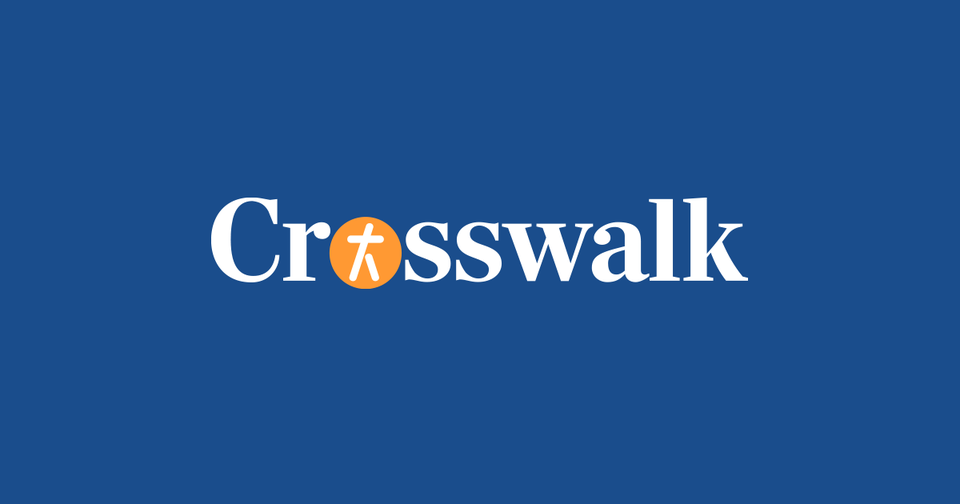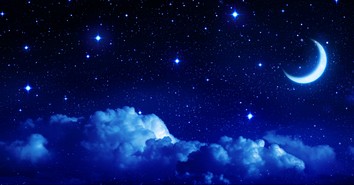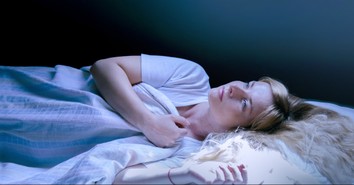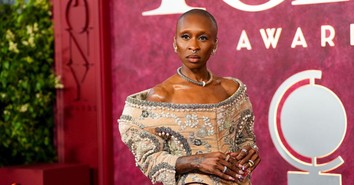Pope Visits Jewish Symbol Babi Yar

KIEV, Ukraine (AP) - Under a statue of twisted and tormented figures, Pope John Paul II offered a prayer for the dead Monday at Babi Yar, the ravine where the Nazis began the systematic slaughter of Europe's Jews during World War II.
The pope and Ukraine's chief rabbi stood at the base of the main Babi Yar memorial, an imposing concrete-and-bronze statue erected by the Soviet government between 1966 and 1974. John Paul stood for two minutes in silence, and recited a prayer for the dead in Latin. He then turned to Rabbi Yaakov Dov Bleich and said, ``God bless you,'' Bleich said.
Construction of the monument ended a long official silence about the September 1941 massacre, which was decried in a famous 1961 poem by Soviet poet Yevgeny Yevtushenko.
However, its plaque noted only that the victims were citizens of Kiev, outraging Jews. More than 33,000 Jews were herded to Babi Yar and shot over the first two days of the mass killing, and Jews made up about half of the up to 200,000 people who were killed there over nearly two years and pushed into a mass grave.
Jews erected their own monument at the site only in 1991, after the collapse of the Soviet Union, where officials attempted to repress Jewish identity. Bleich said Monday that he would have preferred that the pope visit the Jewish memorial about a 1/2-mile away from the Soviet monument.
``But the fact that he's come means a lot to Jews worldwide,'' said Bleich, 36, who was born in New York.
Jewish leaders have been critical of the Holy See for failing to condemn more strongly the Roman Catholic Church's passive role during the Holocaust. Pope Pius XII kept silent in the face of reports of Nazi atrocities.
The pope has gone a long way toward assuaging the concerns, but the Vatican came under severe criticism again last month after it failed to respond to Syrian President Bashir Assad's anti-Semitic diatribe in the pope's presence.
Papal spokesman Joaquin Navarro-Valls denied that the visit to Babi Yar was intended to quell that criticism.
Earlier Monday, the pope sat in a carved chair as priests with booming bass voices chanted the Divine Liturgy for Ukrainian Greek Catholics, who follow Orthodox Christian ritual but bear allegiance to the pope.
In his homily, John Paul addressed Ukraine's deep social, economic and moral malaise 10 years after becoming independent. As his motorcade has wended through the streets of Kiev each day, he cannot have failed to see the luxury Mercedes and other cars speeding past ragged women and children begging for handouts.
``These 10 years have shown that despite the temptation linked to crime and corruption, its (Ukraine's) spiritual roots are strong,'' the pope said.
The pope's visit has given a boost to the 5 million-strong Greek Catholic community, which has been locked in struggle with the majority Orthodox Church to regain property that was confiscated during the reign of Soviet dictator Josef Stalin. The Communists persecuted many religious believers, especially the Greek Catholics, who were also considered treacherous nationalists.
Today, leaders of the majority Orthodox Church linked with Moscow accuse the Catholics of aggressive missionary activity among Orthodox believers - a motive they have raised repeatedly when rejecting papal overtures for a rapprochement.
Representatives of the main Orthodox Church boycotted a meeting the pope held Sunday evening with Ukraine's religious leaders, but rank-and-file believers attended both of the pope's Masses in Kiev.
Oleksandr Karmasyn, an Orthodox believer, said he had come to worship Monday because he believed the church split was ``artificial.''
``As I remember, it says in the Bible that we should be Orthodox in our faith and Catholic in our love,'' he said.
Another Orthodox worshipper, Liudmyla Kanish, sneered at Orthodox leaders' objections to John Paul's trip.
``The Moscow Patriarchate's reaction is linked to the fight for power and the pope's visit is linked to people's well-being,'' she said.
Originally published June 25, 2001.







